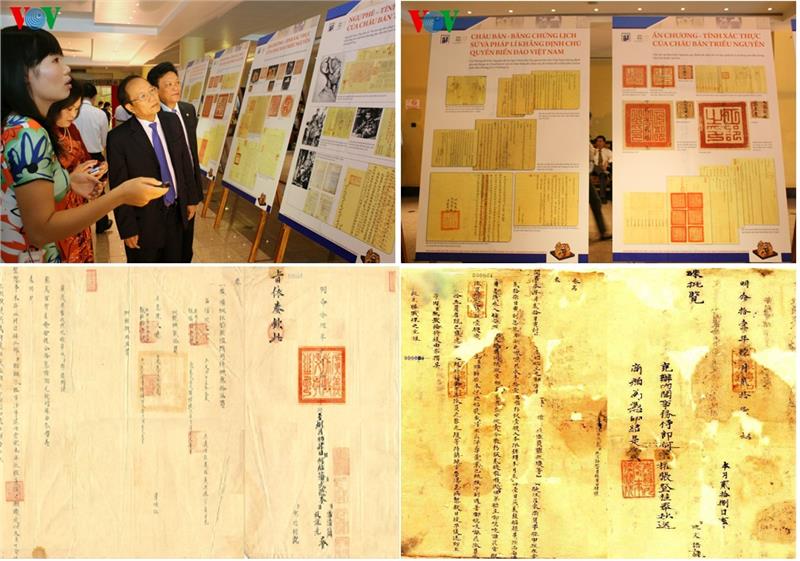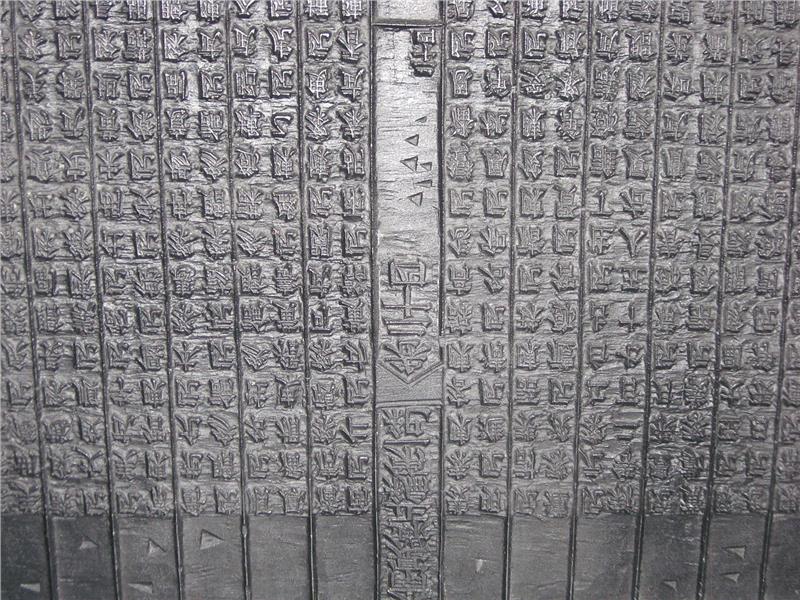According to the Chairman of the Vietnam Association of Historical Sciences, Professor and People's Teacher as well, Phan Huy Le, Nguyen Dynasty documents have been recognized as a documentary heritage by UNESCO under the program on Memory of the World Committee for Asia/Pacific (MOWCAP). These are administrative documents reflecting the most realistic entire guidances, policies of Nguyen Dynasty (1802-1945) for great national issues. However, conserving and promoting the values of the mass documentary heritage are putting a lot of concerning issues.
With a massive amount of 85 thousand documents formed in the state management of 11 Nguyen Dynasty's kings, these royal administrative documents are the only ones preserved in the last feudal dynasty in Vietnam. They recorded many information reflecting all historical, economic, social, and human life of Vietnam in the 19th century and the first half of the 20th century. These are the original documents only approved writings of Nguyen Dynasty's Emperors, thus, these documents bring higher accuracy and the highest legacy. Affirming this, Prof. Dr. Vu Thi Phung, Dean of School Storage and Dispatch Management under University of Social Sciences and Humanities, Hanoi stressed, "A dynasty with tight rules of clericalism demonstrates a high level of development in terms of management, because this is information management and information in text form is well managed".

Although these text were formed hundreds of years ago, Nguyen Dynasty's documents still reflect the long-term strategy of a nation on policy development on education, culture and science which so far completely remains its original topicality. For example, through the documents, it can be found at Gia Long Emperor (1802-1820) focused on from investments in education, talent recruitment examinations to the establishment of Quoc Tu Giam in Phu Xuan to teach children of royal servants. Or based on documents were approved by Minh Mang Emperor in 1825, the policy on distributing relief items and reducing rice price to people in disaster areas were interested in...
Besides, Nguyen Dynasty's documents are original historical materials to compile official history book under Nguyen Dynasty. In particular, the royal documents also provide historical and legal evidences claiming the Vietnam territory in the sea and islands. They are persuading information to contribute to resolve disputes in the South China Sea today. Some famous documents are the submit of Nguyen Van Ngu on the rescue boats of French merchants running aground in Paracel Island in 1830, the submit of Cabinet on survey in Paracel Island in 1833, and the submit about the results of surveying and compiling map in Paracel Island in 1838... All of them are authentic historical evidences showing that Nguyen Dynasty's emperors conducted and defined maritime sovereignty of Vietnam islands through surveying, exploring, mapping and mining in Paracel Island and Spratly Island. The richness in content, form, and tremendous values once again confirm that this is a second-to-none valuable documentary heritage with its uniqueness.
Along with Nguyen Dynasty's woodblocks, 82 doctor gravestones of Le and Mac dynasties at Temple of Literature, and Buddhist woodblocks of Vinh Nghiem Pagoda, the royal document becomes the fourth documentary world heritage in Vietnam recognized by UNESCO. It means that, Nguyen Dynasty's document will have more condition to bring into play the values in historical research. However, the pride of being honored is always associated with conservation. So, besides the pride of culture, national history, these royal documents pose challenges to managers of the restoration, preservation and promotion today. All information is saved on papers, while Vietnam weather is mostly hot and humid, many materials were damaged, thus, the preservation is quiet difficult. Reportedly, shortly after the documents were moved from Hue to the Vietnam National Archives Center I, all staff immediately embarked on renovation and restoration. They apply the advanced process has been censored in order to prolong the life of this massive material. As a result, many versions of these documents have been recovered its almost original status, but about five percent of these material is sticky and heavy damaged. They have not been able to restore their status quo. According to the director of the Vietnam National Archives Center I, Ha Van Hue, the Center's work as restoring, sorting, rearranging these documents in serializing catalogs, are only works related to natural forms.

These materials are only translated from Chinese-Nom to Vietnamese. So, next time, the upgrading the database system of these document will be completed. It does not only aim to serve researchers, students, domestic students but also meets reference needs of researchers, foreign readers with directions to build a website about these documents. Ph.D Phan Thanh Hai, director of Hue Monuments Conservation Center, defined the issue of storage is not as important as introducing the values of these documents to public in Vietnam and in the world. By these royal documents contain a lot of historical and cultural values, but they were written in Han-Nom characters, thus, there is a big gap between these documents and those who wish to learn. Moreover, the documents are unique. They should be preserved, not for all subjects to be able to access the original ones. Therefore, it is a need to show digitized copies of the documents to institutes, universities for researchers and students have conditions to learn and study. Moreover, the contents of these documents should be universal, scientific and receptive when being translated into other languages.
Nguyen Dynasty's royal documents are the key documents, thus, Vietnam National Archives Center should also coordinate closely with relevant agencies to promote conservation and promotion of the heritage. Exhibitions and displays of the royal documents should also be strongly organized to give Vietnamese people and international friends a chance to have a better understanding about the value of the documents. Reportedly, in November 2014, Hue Monuments Conservation Center will coordinate with Vietnam National Achieves Center to host an exhibition of Nguyen Dynasty's documents in Hue.
